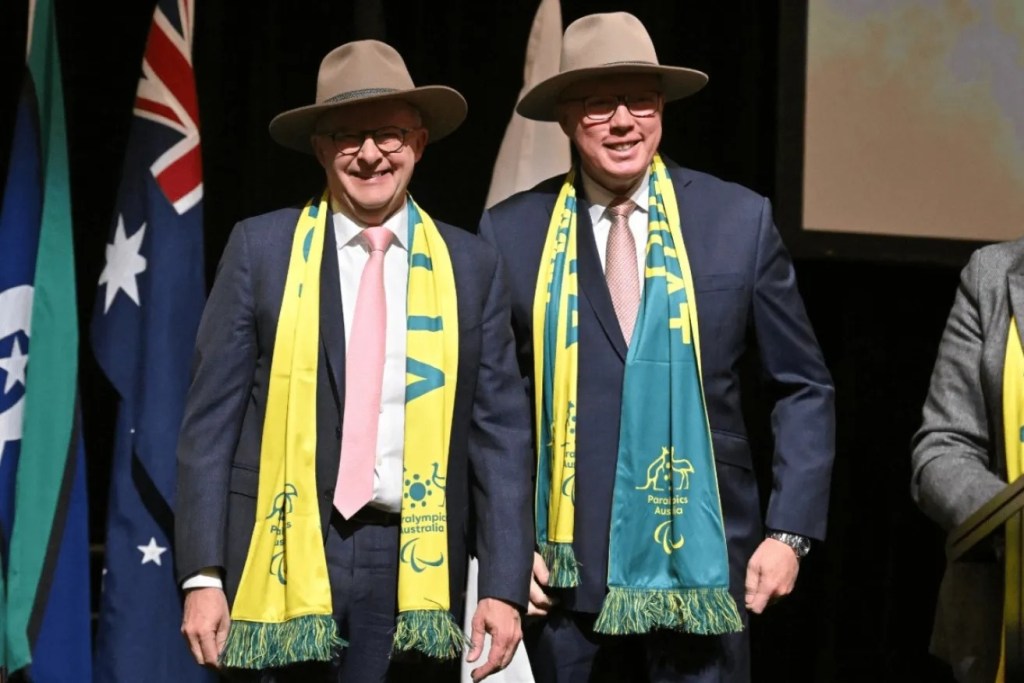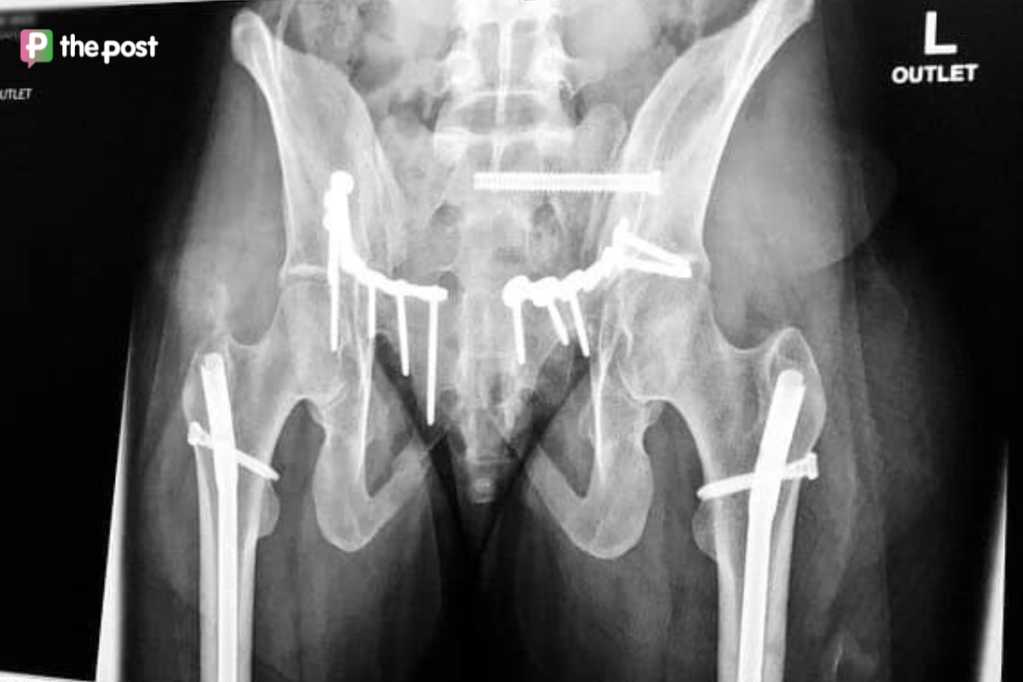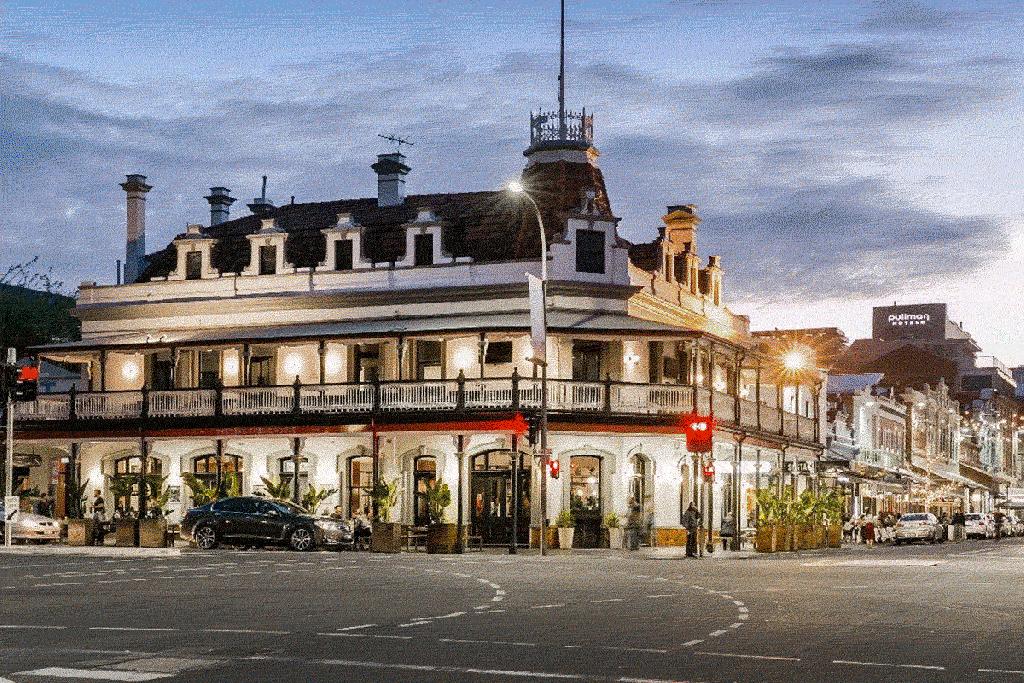This data might signal an end to the LNP and ALP
Our resident Stats Guy looks at the rise of voters picking independents over the two major parties at past federal elections.

For decades now, the Australian Election Study (AES) has interviewed voters after each federal election.
Some survey questions have been asked since 1967 while others were added later. A look through the longitudinal data reveals a political paradigm shift in Australia.
You might like
The 2022 AES shows clearly that the more educated you are, the more likely you are to follow the federal election in any type of media. We also know that Australians have become more educated over recent decades. Does this mean our collective interest in politics is going up? No, our (dis)interest in politics has been remarkably stable over the past three decades.
Our collective perception of political parties has seen a slow but steady decline. Fewer voters think that parties are necessary to make the political system work. They technically aren’t, since theoretically every single MP could be an independent.
Only a minority of Australians think there is a real difference between the parties. If you think the parties care about your opinion you are part of a small minority of 20 per cent of voters.
This disillusionment explains why party loyalty is way down. In the 1960s over 70 per cent of Australians said they always voted for the same party; that’s down to 37 per cent now. It’s easier than ever for minor parties and independents to win over voters from the major parties.
This is also an environment conducive for the emergence of new parties – I expect new parties to emerge in the coming years.
In my head I always refer to the two major parties, the LNP and the ALP, as Lib-Lab. Let’s use this term from here on. There are significantly fewer lifetime Lib-Lab voters now. Only 12 per cent are stable Labor voters – a steep fall from the 1960s.
Considering the conservative skew of the Liberal Party it comes as no surprise that Liberal voters are less frequently considering voting for another party during an election campaign. In the past 20 years, however, more Liberal voters have at least flirted with the idea of changing their vote.
These trends spell terrible news for Lib-Lab. You could argue they are both happily continuing their march towards political irrelevance. They might not notice it for now since our preferential voting system is blinding them. Citing polls about the two-party preferred vote makes it easy to forget the decades-long free fall Lib-Lab has been in.
As it turns out, the Liberals are probably at a higher structural risk than Labor. Over the past two decades, the minor party votes in both the House and the Senate tended to flow to Labor. The increased fragmentation of the political system is hurting the Liberal Party more than Labor.
Not a reason for Labor to be all happy and content though. Fewer people hold Lib-Lab political partisanship (only 30 per cent each now). Some of the loss went to the Greens and some to non-partisan views.
Voters feel that since the mining boom the economic situation of Australia has worsened. A decade and a half of worsening economic sentiment eventually reflects poorly on the two major parties.
After 2010, less than 10 per cent of voters think that the government had a positive impact on their household finances.
The future outlook is also pretty bleak as more people think their household will be worse off financially next year. Might as well vote for another party then, right?
The AES data also shows that the majority of people think the government will have neither a good nor a bad impact on the economy. This tells us the public understands many of our problems are big and systemic in nature rather than the result of one moron making a bad call.
This suggests that the constant Lib-Lab blame game (‘It’s all the fault of the other party’) is not believed by voters, and probably contributes to the general dissatisfaction with Lib-Lab.
I would guess that if the Greens managed to agree (they won’t!) to not attack Lib-Lab and strictly ran on policy, they would win even more votes.
The discontent with Lib-Lab doesn’t necessarily spell good news for the Greens or independents. Satisfaction with democracy has suffered and presents a real risk to our democracy. Especially the frequent leadership changes in the 2010s that seem to have harmed belief in our democratic system.
A crucial goal of Lib-Lab must be to re-establish trust in government and the democratic process. A complete overhaul of Question Time culture would be a good (and cheap) starting point of signalling a change of attitude to the public. I have not once heard anyone speak positively about the clownish theatre performance that is Question Time.
I recently had the misfortune to sit through a full session in Canberra and was well and truly embarrassed. The German language even has a word for my second-hand embarrassment – fremdschämen.
Question Time was intended to ensure accountability and transparency but has become a childish forum for political point-scoring and partisan bickering. Completely overhauling Question Time culture would be a dirt-cheap way for politicians to win back some trust. Will this happen? Of course not.
AES data also shows that Liberals are still seen as the party that better manages the economy and taxation regime. They have a very strong branding here. In an election based on economic issues (cost of living, inflation, interest rates) the Liberals should be doing better than Labor. This might just be enough to win the 2025 election.
Labor is viewed as more capable in managing social issues and global warming. In regard to migration and asylum seekers, the Liberals were long seen to be more capable but now the two parties rank evenly. Trying to score points on issues where both parties rank evenly seems a waste of time, energy, and money. I wouldn’t expect a lot of effort expanded on migration for the 2025 campaign.
The Liberal election campaign will be all about the economy and cost of living. Labor will try to tell a human story pushing social issues to the forefront.
Who will be the winner of the 2025 election? The Australian public, according to the AES, doesn’t care all that much which of the two parties will win – just as well because the most likely winners will be the collective third parties.
Longitudinal election result data shows that since the 1987 federal election, Lib-Lab lost an increasing amount of primary votes to third parties and independents.
In 2022, around 31 per cent of all votes went to parties other than Lib-Lab. Based on the longitudinal AES data it’s a relatively safe bet to say this trend is going to continue over the next few elections.
Wise leadership in either of the two big parties would focus heavily on the needs of young people to regain trust in the long run.
Demographer Simon Kuestenmacher is a co-founder of The Demographics Group. His columns, media commentary and public speaking focus on current socio-demographic trends and how these impact Australia. His podcast, Demographics Decoded, explores the world through the demographic lens. Follow Simon on Twitter (X), Facebook, LinkedIn for daily data insights in short format.








